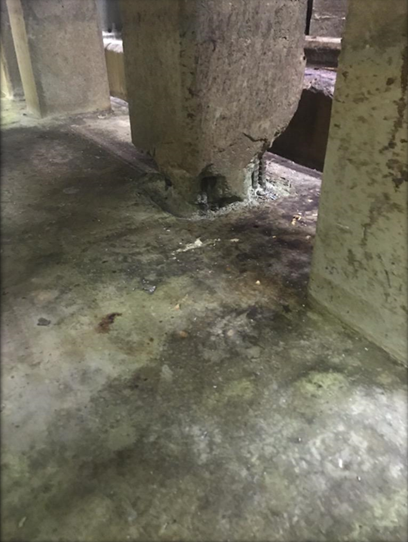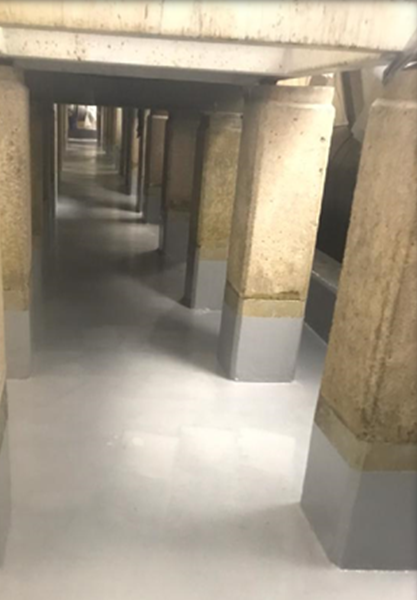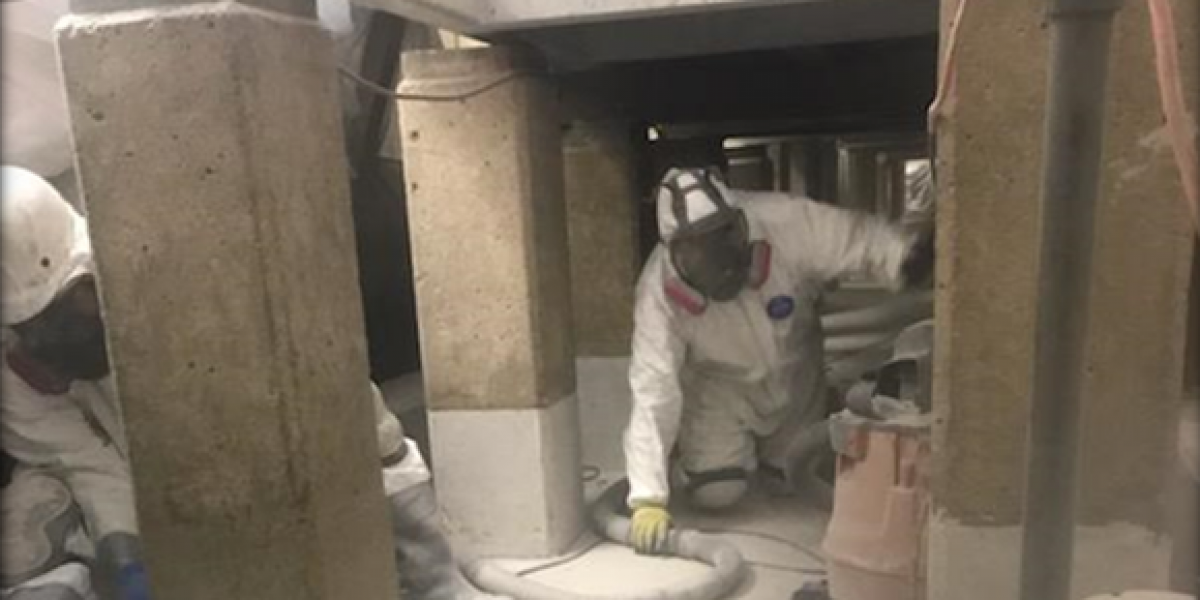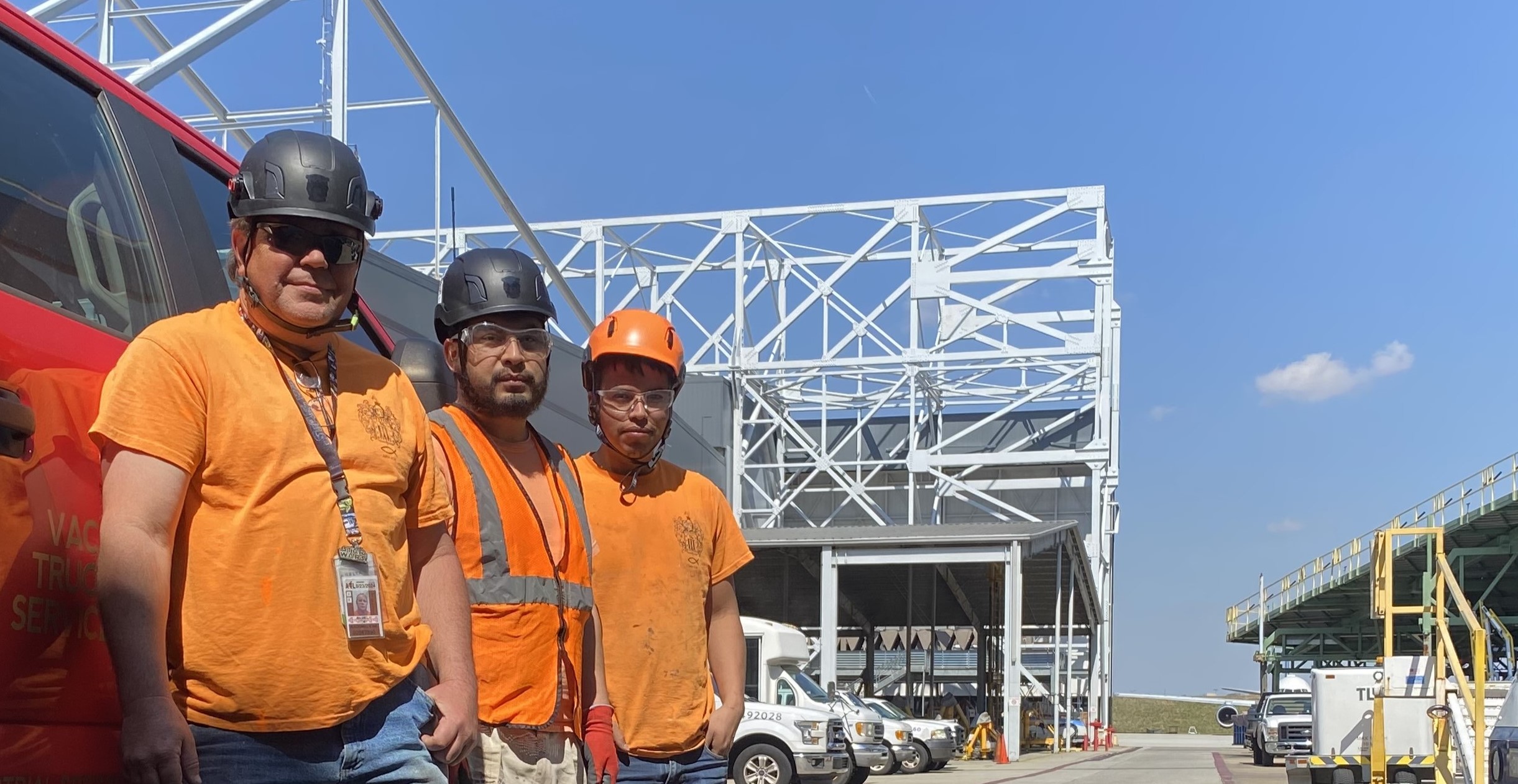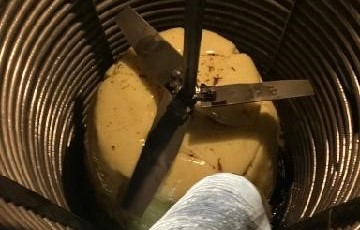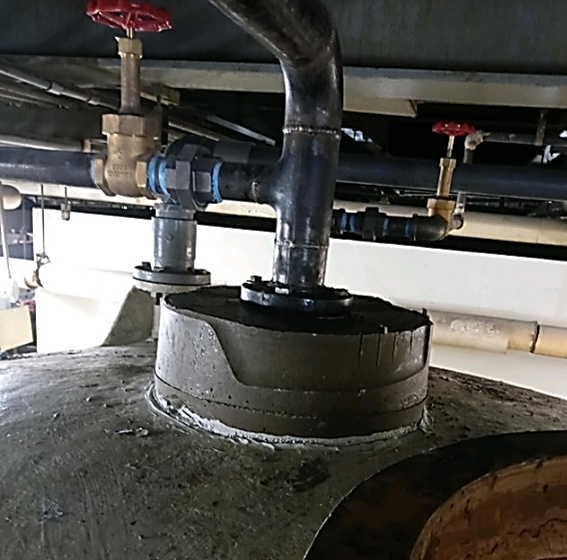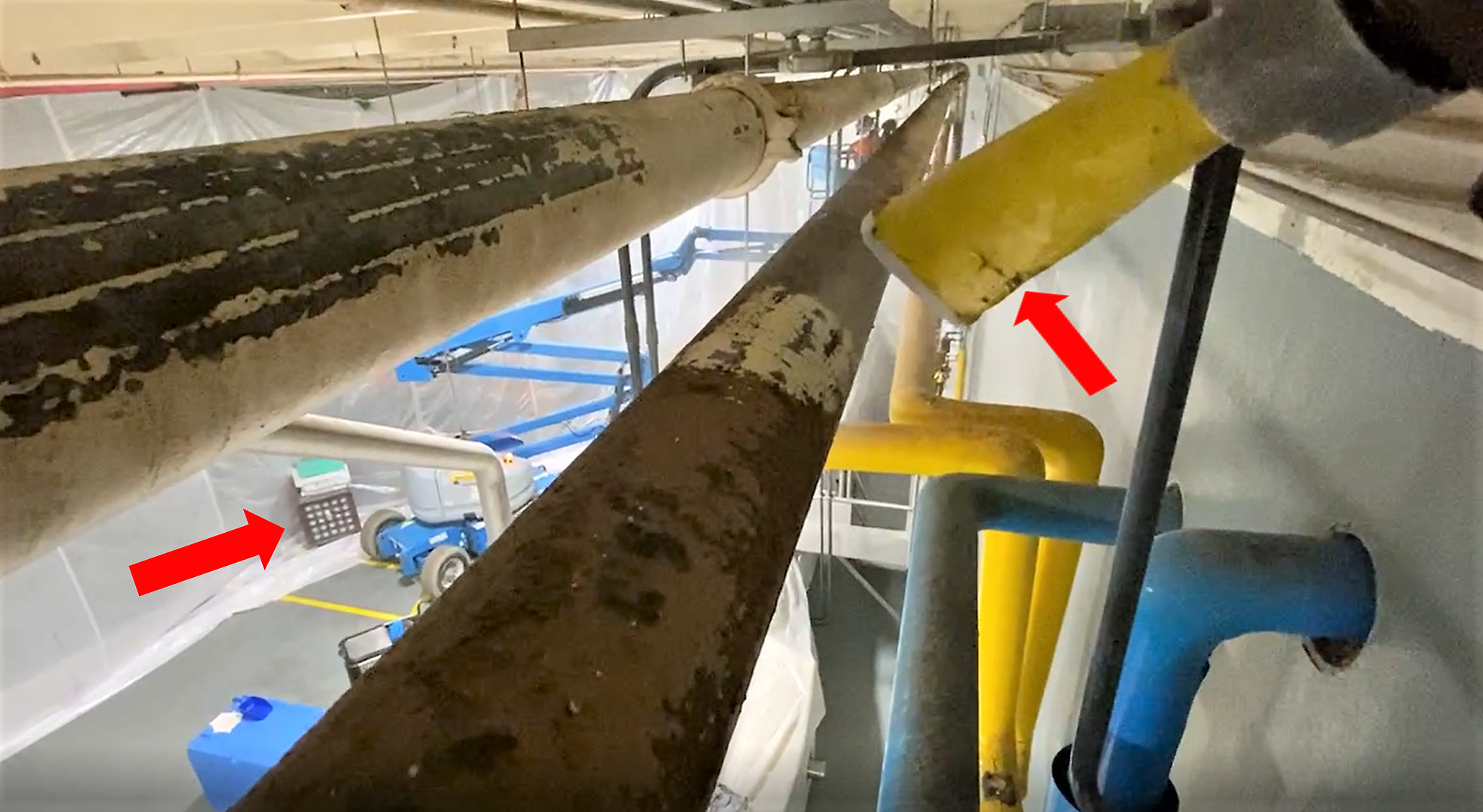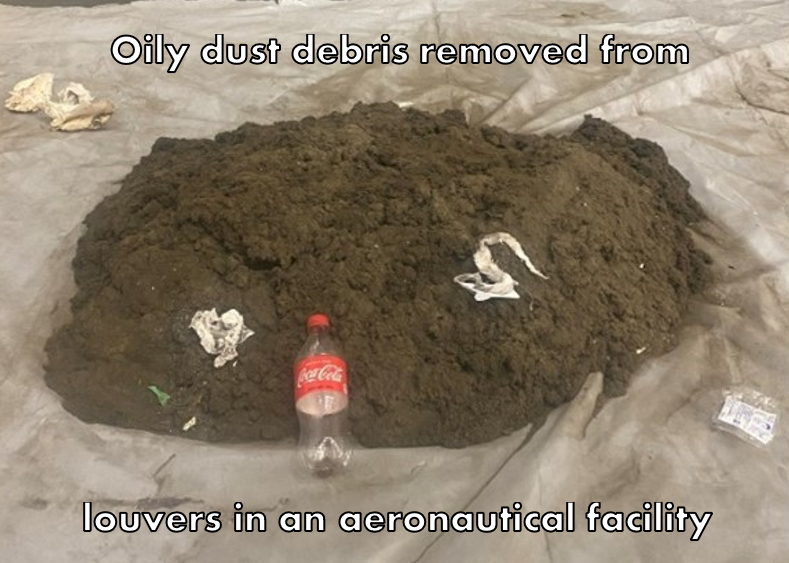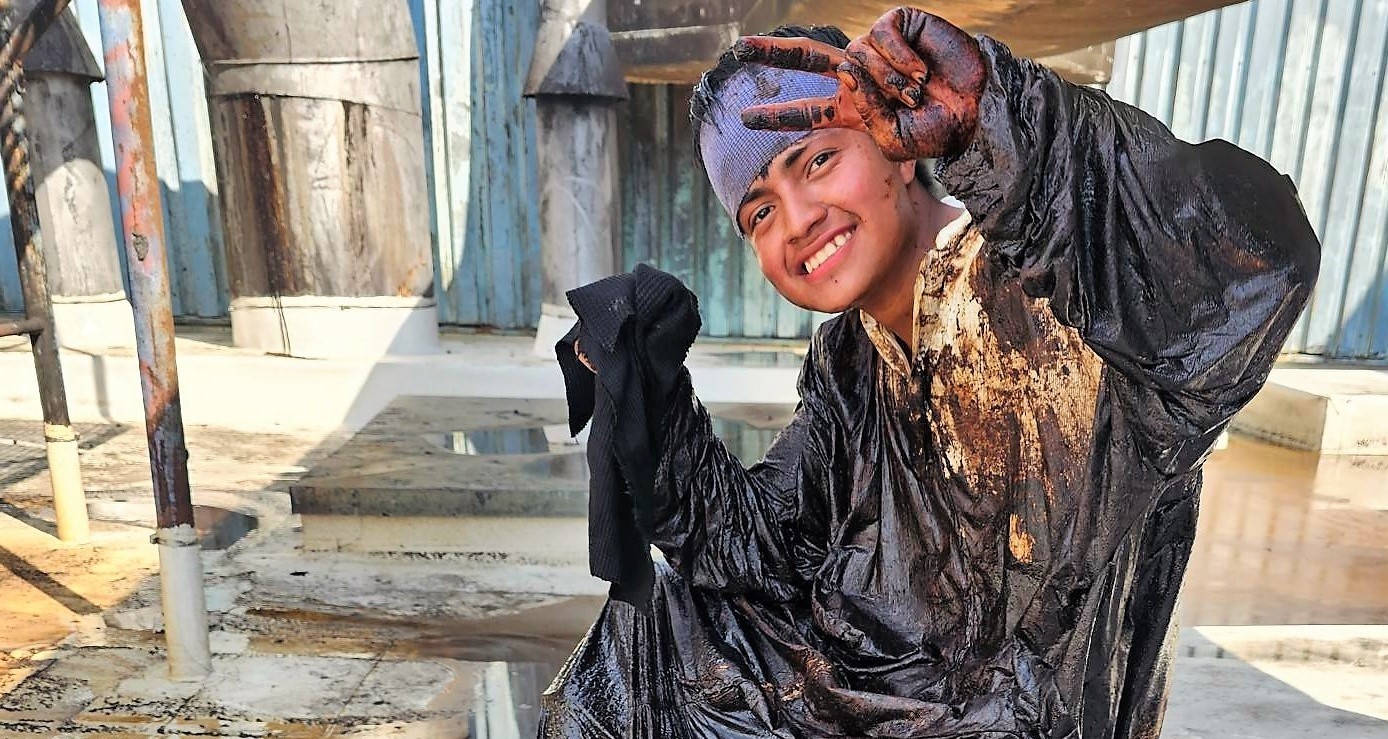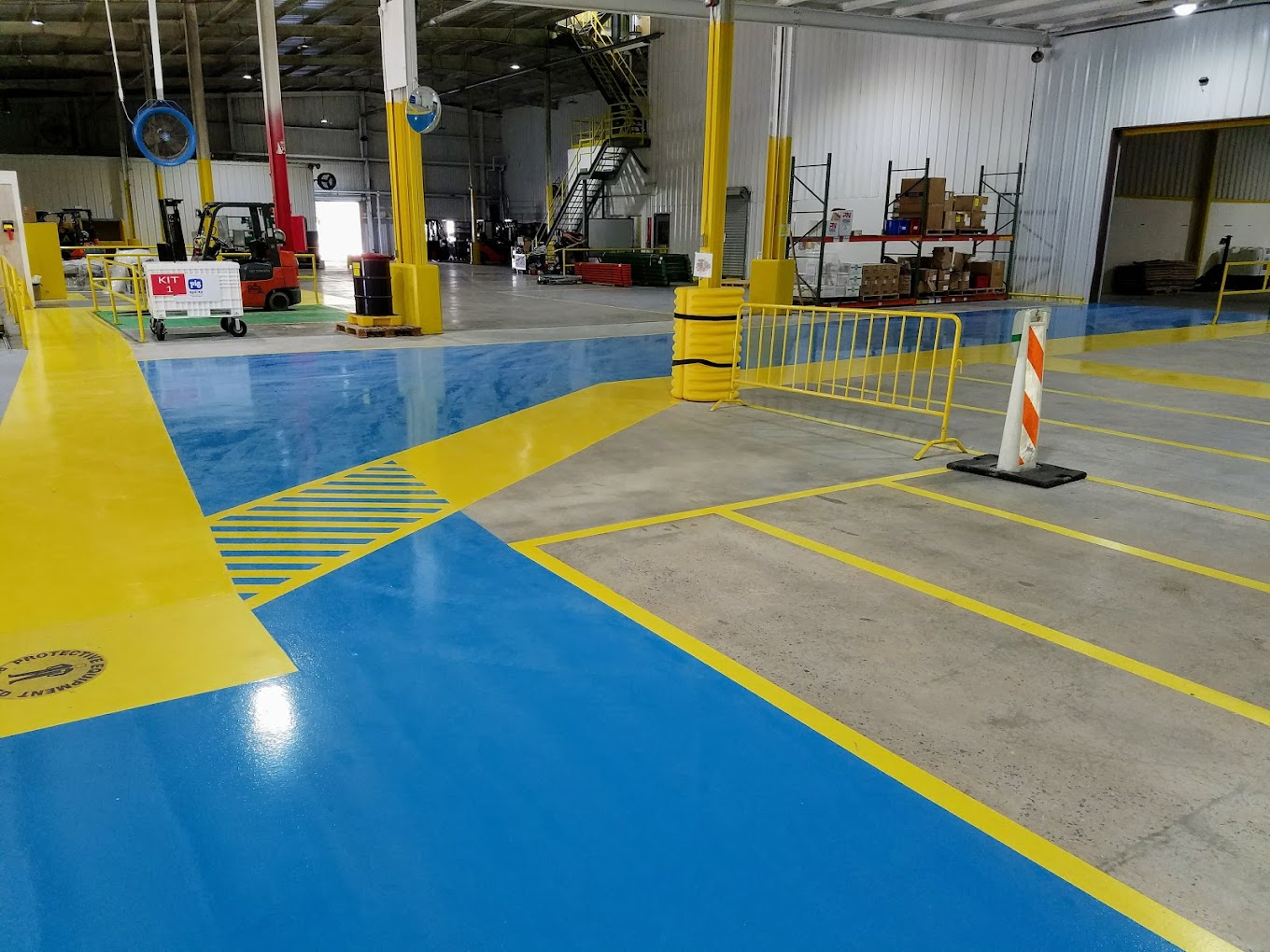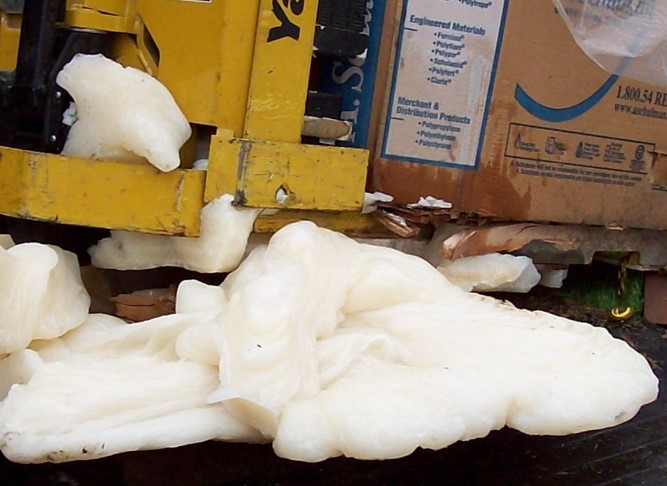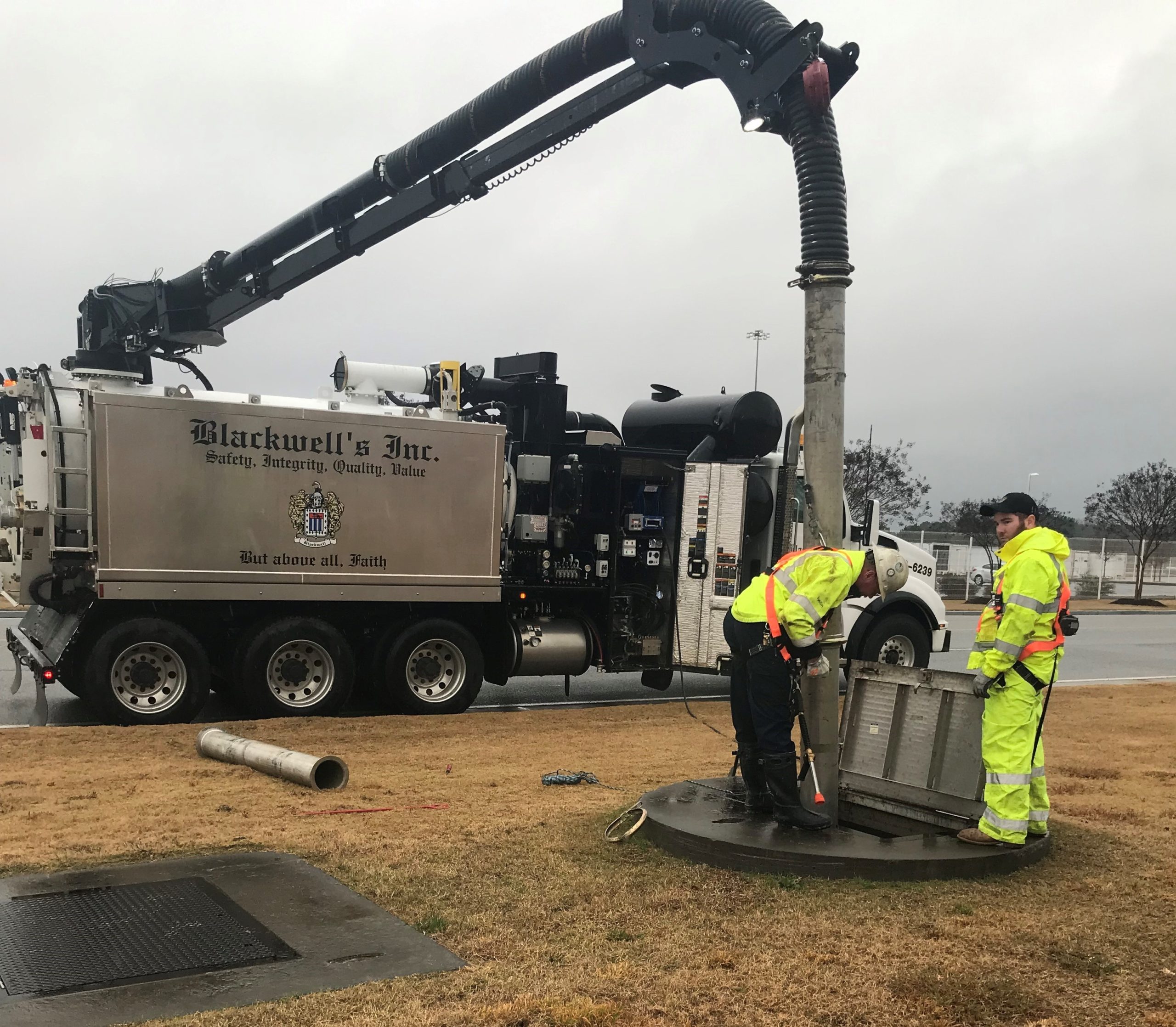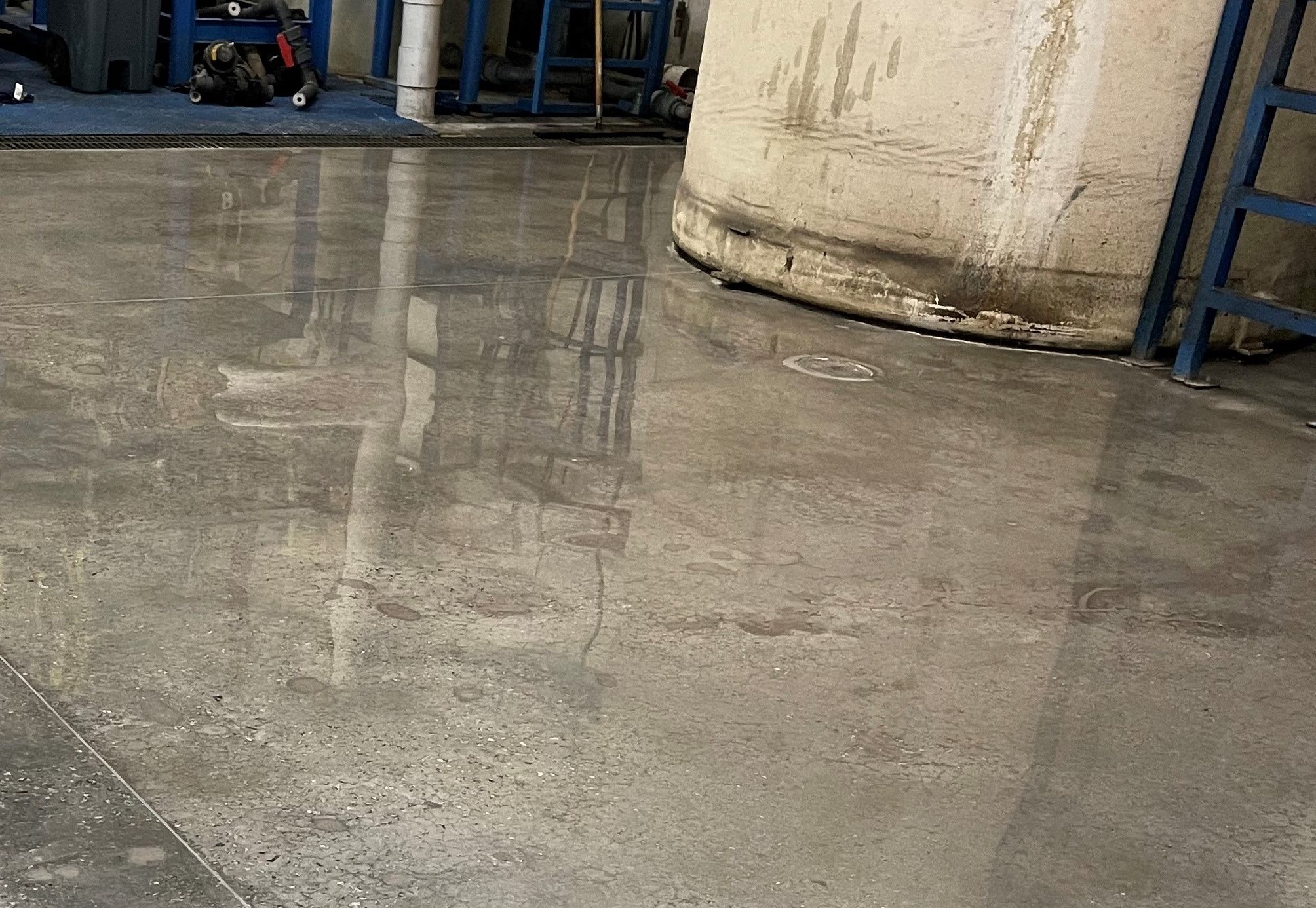Think back to great grandma’s homemade lye soap. The lye, made from soaking wood ashes left over from cooking and heating, is a very alkaline chemical compound. Mixed with some type of fat, the chemical compound in the lye made soap. Great grandma’s soap production was dependent on chemicals.
Modern life depends on chemical industry for production processes
It really does not matter if you look at our water and food supply, our homes, our health care, our computer technology, our gasoline or electric cars, or our energy sources, modern life depends on the chemical industry for production.
Corrosive materials can damage secondary containment
Since we are so dependent on the use of chemicals for production, many of which are corrosive materials, what happens when these corrosive materials damage the secondary containment that was meant to contain them in case of an accidental spill?
While concrete secondary containment structures are strong, concrete is susceptible to corrosive materials. Hopefully, damaged containment areas are discovered quickly to prevent the spread of dangerous materials.
As seen in this first photo, the original coating on the secondary containment floor, berms, and chemical tank supporting piers, was delaminating from chromic acid contained in the tank. The exposed concrete was degrading from the chemical attack. Several areas of concrete damage were discovered only after the original coating was removed.
Blackwell’s, Inc. restores secondary containment
We took these steps working in challenging work areas to restore the secondary containment:
- Removed the original delaminated coating and the degraded concrete on both horizontal and vertical surfaces
- Up to 8 in. depth of concrete removed in certain areas
- Neutralized the corrosion contaminated surfaces
- Supporting piers, berms, and horizontal areas were prepared and repaired with chemical resistant vinyl ester grout
- Chemical resistant vinyl ester topcoat applied to seal and finish the secondary containment
Blackwell’s, Inc. services industries throughout the southeastern United States.
